Maximizing egg production is a top priority for poultry farmers aiming for profitability. To achieve consistent and high-quality egg yields, it’s essential to focus on proper management, nutrition, and environmental conditions. Below are key strategies to boost egg production in chicken layers.
1. Choose High-Performing Breeds
Select breeds or hybrids known for their egg-laying capabilities, such as Leghorns, Isa Browns, and Rhode Island Reds. These breeds are genetically optimized for productivity.
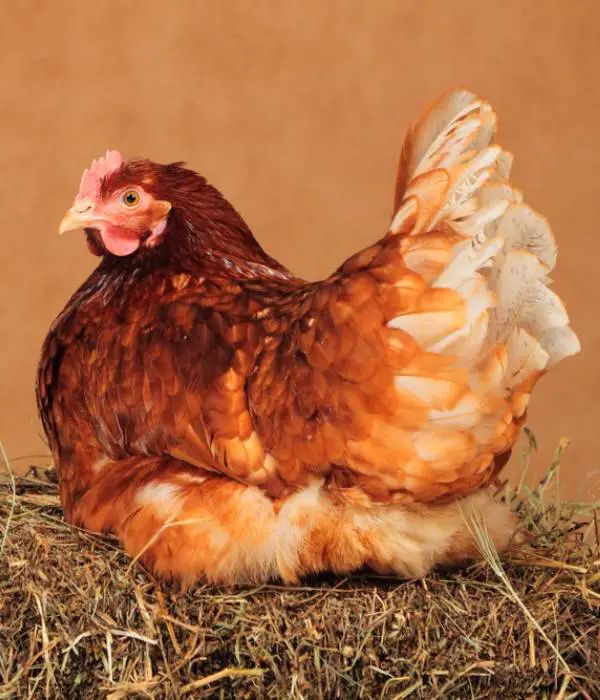
2. Provide a Balanced Diet
Nutrition plays a crucial role in egg production.
- Ensure feed contains 16-18% protein.
- Include calcium for strong eggshells and vitamins like D and A to support reproductive health.
- Supplement diets with fresh greens or grains to add variety.
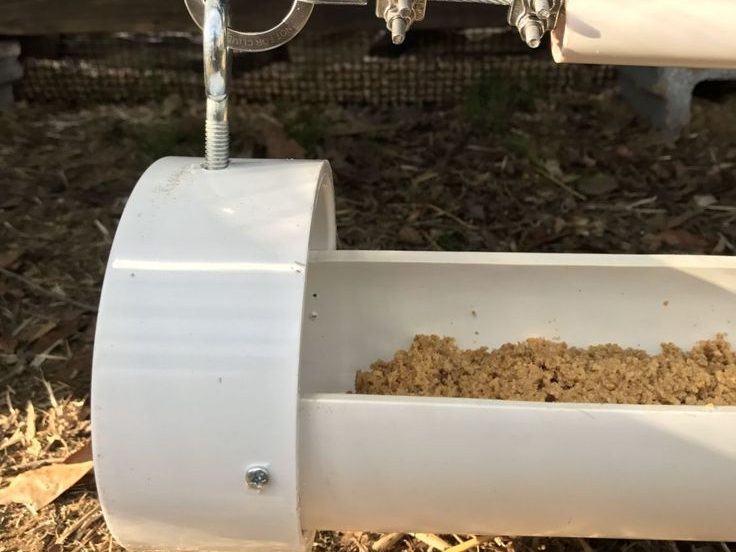
3. Maintain Optimal Lighting
Light exposure stimulates egg production by regulating reproductive hormones.
- Provide 14-16 hours of light daily, especially during winter months.
- Use artificial lighting to maintain consistency.
On a similar note, at Kimd Group of Companies, we support beginner farmers by offering tailored business proposal writing services and design plans for various animal capacities. Therefore whether you’re just starting out or looking to expand, we provide the resources and expertise to help you succeed in the farming industry.
4. Optimize Housing Conditions
Comfortable and secure housing encourages productivity.
- Provide adequate space to prevent overcrowding (2-3 square feet per bird).
- Ensure proper ventilation and maintain temperatures between 18-24°C for optimal performance.
- Keep nesting areas clean and quiet to encourage laying.

5. Monitor Water Supply
Hens require constant access to clean water, as eggs are approximately 70% water. Dehydration can drastically reduce egg production.
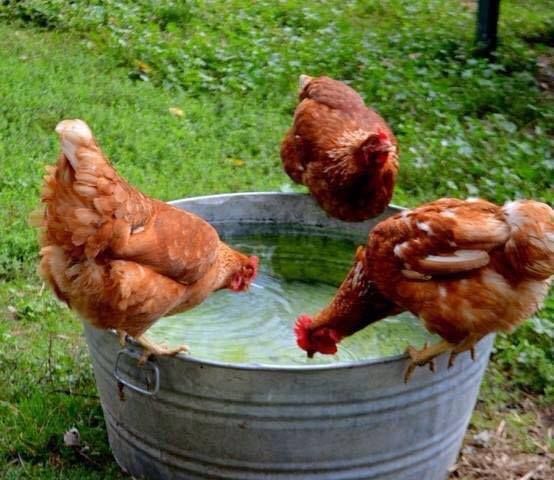
6. Practice Disease Prevention
Diseases can halt egg production. Implement vaccination programs, maintain strict hygiene, and promptly address any signs of illness in the flock.
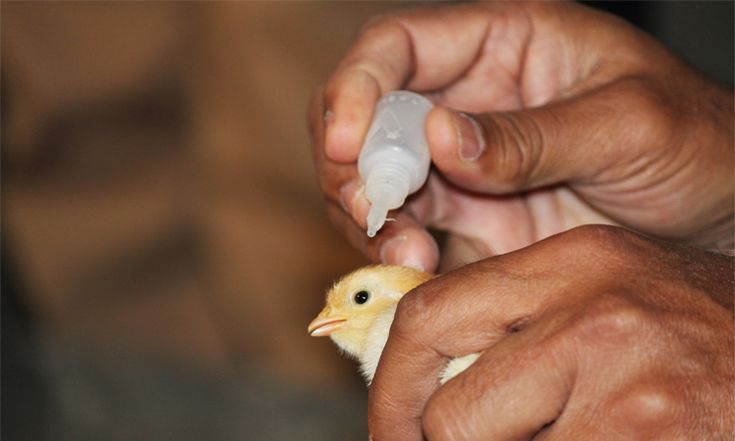
7. Reduce Stress
Stress can disrupt laying patterns.
- Avoid sudden changes in diet or environment.
- Protect chickens from predators and minimize loud noises around the farm.
- Ensure consistent care routines.
8. Regularly Collect Eggs
Frequent egg collection prevents hens from sitting on eggs and encourages them to lay more. It also reduces the risk of eggs being broken or eaten by the flock.
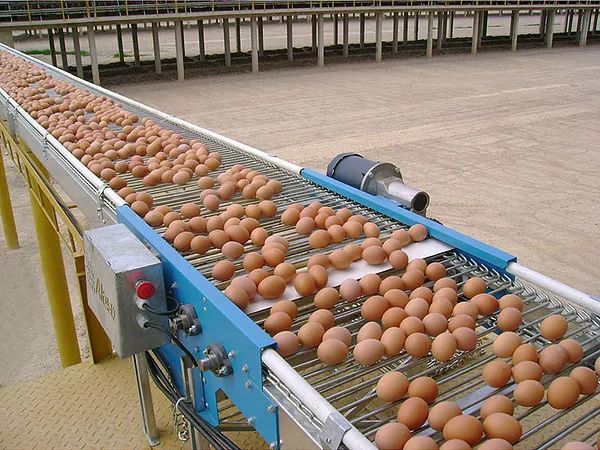
9. Monitor Flock Performance
Keep records of egg production to identify underperforming birds or potential issues in management. This allows for timely interventions to sustain productivity.
Conclusion
Maximizing egg production in chicken layers requires a combination of proper nutrition, comfortable housing, and diligent care. By focusing on these critical areas, farmers can achieve higher yields and sustain the profitability of their poultry operations.

